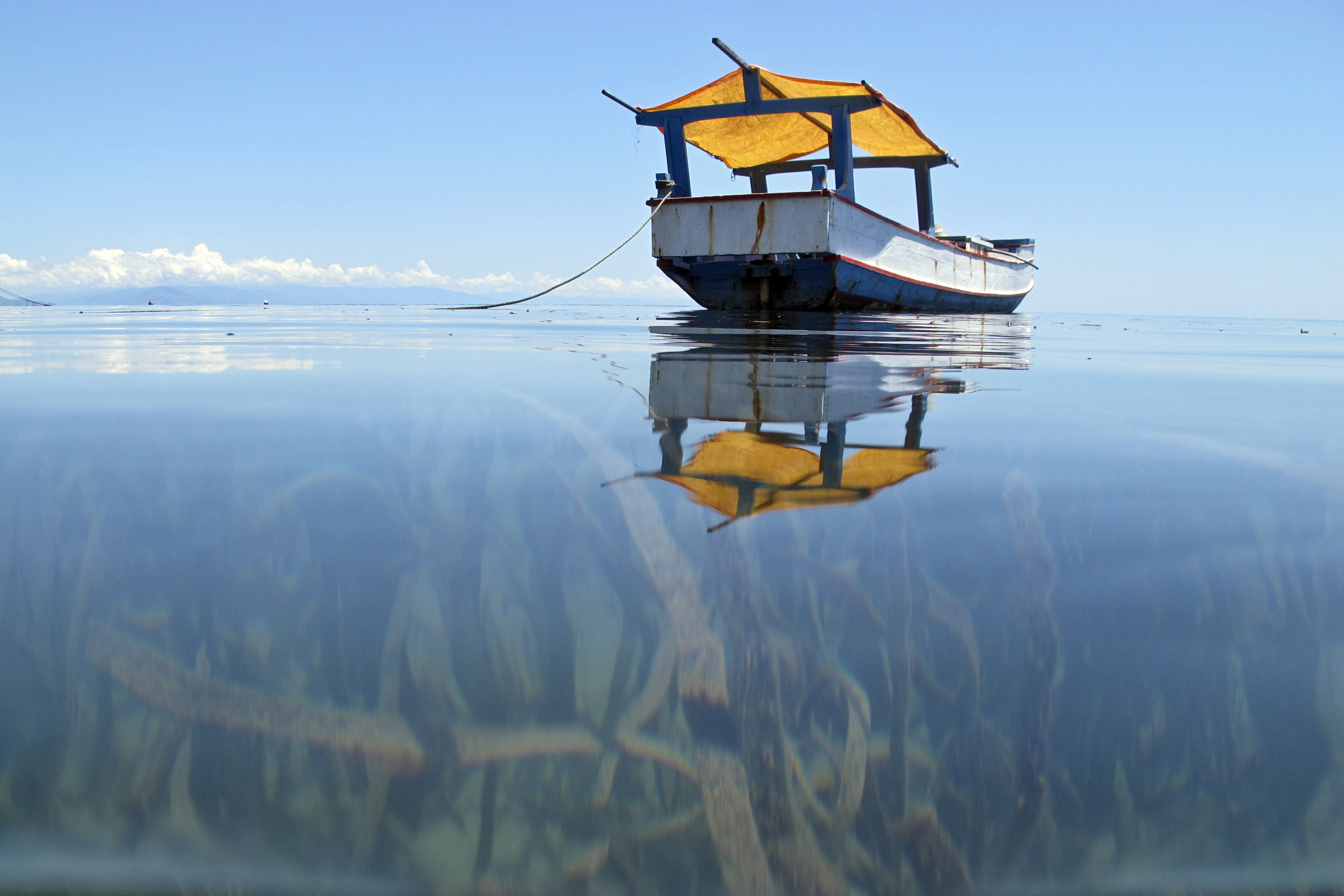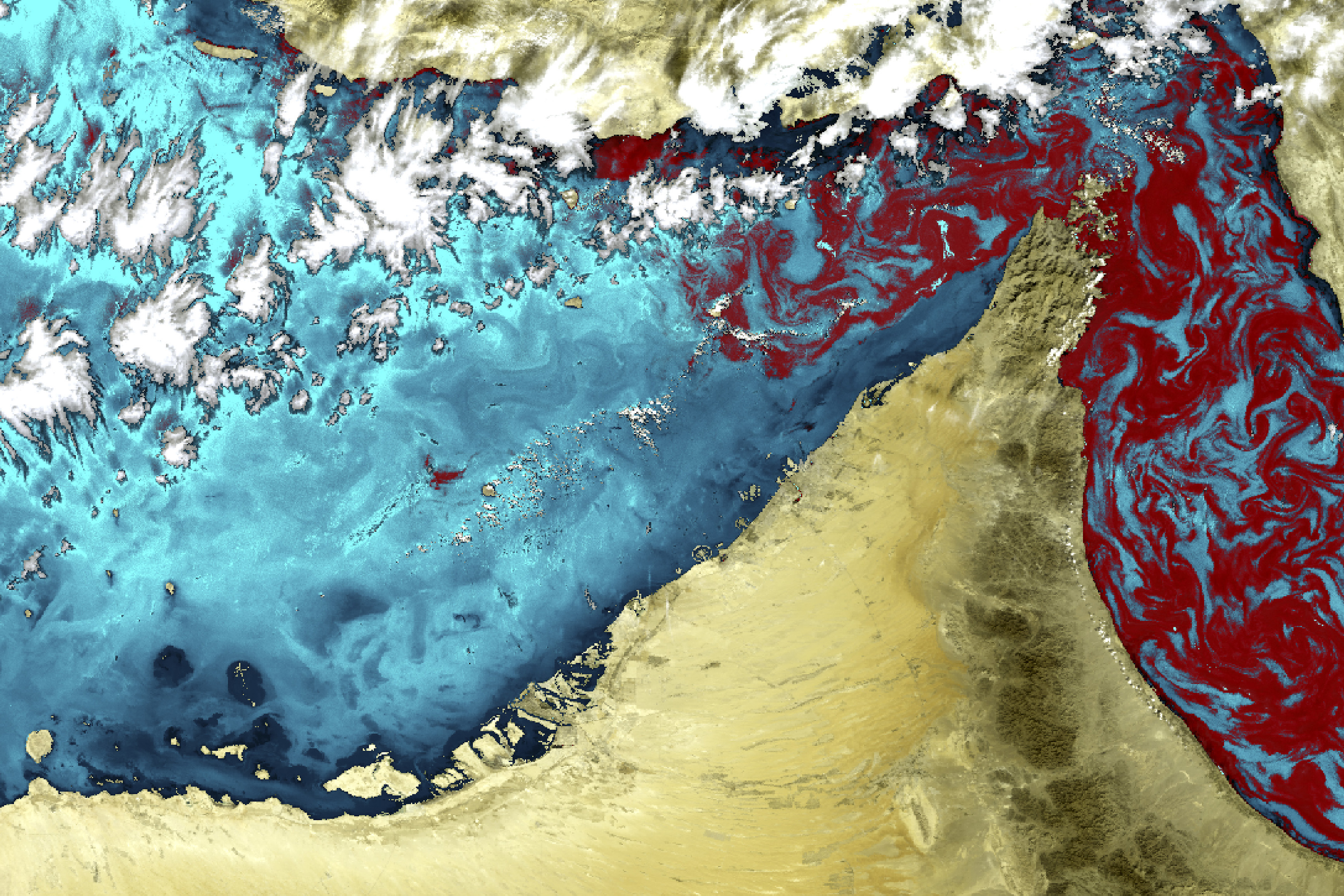Sustainable Development Goal 14: Life Below Water
Sustainable Development Goal 14 pursues to conserve and sustainably use the oceans, seas and marine resources for sustainable development. The world's oceans - their temperature, chemistry, currents and life - drive global systems that make the Earth habitable for humankind. Our rainwater, drinking water, weather, climate, coastlines, much of our food, and even the oxygen in the air we breathe, are all ultimately provided and regulated by the sea. They are particularly crucial for people living in coastal communities, who represented 37% of the global population in 2010. Oceans provide livelihoods and tourism benefits, as well as subsistence and income. They also help regulate the global ecosystem by absorbing heat and carbon dioxide from the atmosphere and protecting coastal areas from flooding and erosion. In fact, coastal and marine resources contribute an estimated $28 trillion to the global economy each year through ecosystem services.
Space technologies support:
- Mapping and monitoring of natural and protected areas
- Fishing vessel tracking and navigation
- Monitoring of illegal, unregulated and unreported fisheries
- Fishery product traceability (endangered species, exploitation of fishery resources)
- Assessment and monitoring of marine and coastal resources
- Climate change monitoring, particularly water temperature
- Identification of algal blooms
The Space4Ocean Alliance
The Space4Ocean Alliance became a reality during the UN Oceans Conference in Nice on 13 June 2025. As a founding member of this initiative, the United Nations Office for Outer Space Affairs is proud to have signed the declaration of interest that seals the creation of the Space4Ocean Alliance, along with esteemed partners: the Centre National d'Études Spatiales, the Government of Monaco, International Hydrographic Organization (IHO), The Intergovernmental Oceanographic Commission of UNESCO, Brazilian Space Agency (AEB/MCTI), Agence Gabonaise d'Etudes et d'Observations Spatiales (AGEOS), Agence sénégalaise d'études spatiales (ASES), Agenzia Spaziale Italiana, CIESM - Mediterranean Science Commission, la Centre National de la Recherche Scientifique, the China National Space Administration (CNSA), Argentina National Space Activities Commission (CONAE), the European Space Agency (ESA), Hellenic Space Center, Ifremer, Institut de Recherche pour le Développement, Kenya Space Agency, Mercator Ocean International, Maldives Space Research Organisation (MSRO), the Norwegian Space Agency, ORRC, PSA, and the UK Space Agency (UKSA).
As UNOOSA Director Aarti Holla-Maini said: "The creation of the Space4Ocean Alliance could not be more timely. Ocean challenges, such as climate change, sea-level rise, marine pollution, overfishing, and coastal hazards, know no boundaries. They affect us all. But capabilities to respond are uneven."
Grounded in science and leveraging space data, in-situ measurements, and advanced digital models, the Alliance is an action-driven coalition that connects the space sector with marine and maritime actors.
For more information on the Space4Ocean Alliance and the role of UNOOSA, see our four-page explainer here.

